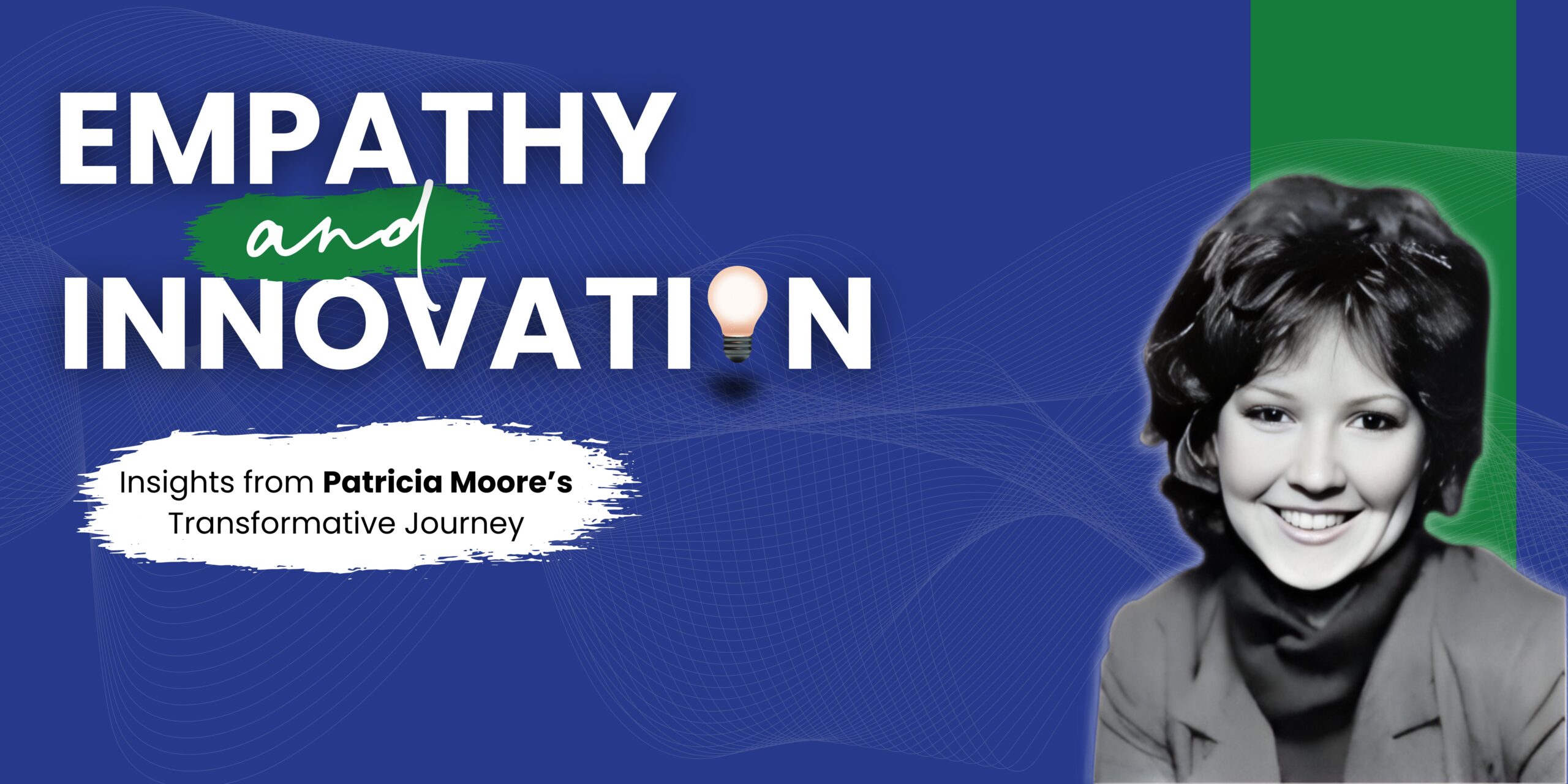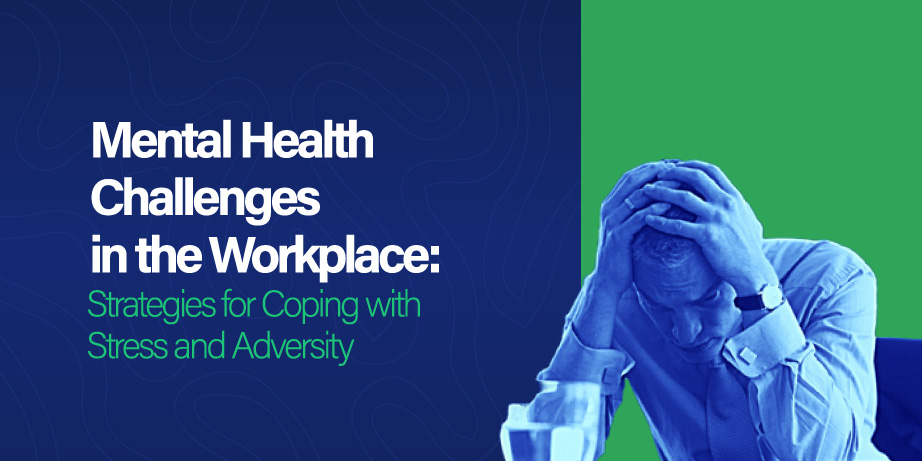“If I were given one hour to save the planet, I would spend 59 minutes defining the problem and one minute resolving it,” Albert Einstein said.
“why are the wrong problems celebrated when solved brilliantly?”
We see the wrong problem (problems that are mere symptoms of a main underlying problem) being rightly solved in businesses and other socio-governmental institutions. When the solution fails to solve the real problem, we get frustrated. We become resentful because we have invested time, energy, money and even human resources only for a problem to persist.
Why then does the problem continue after the colossal effort and investment put into it? The answer: our solution failed because we did not understand the problem!
Problem-solving is part of our daily lives, while some problems get solved, many remain unsolved despite the energy, time and other innumerable resources we put into it. Our character to know the right problem to solve is mostly put to the test in the time of crisis.
In a time of crisis or chaos, we are desperate for solution and leaders usually send subordinates into a frenzy mood. The outbreak of COVID-19 outbreak has thwarted dreams and aspirations, including well thought out plans of organizations and businesses. Actions to curtail the problem could be reactive than responsive, emotional than logical.
With COVID-19 we have witnessed a new normal of remote working which has challenged performance management and created an emerging culture in different Organizations. Consumers behaviour has also been altered due to by increased online shopping, value redefinition and change of taste.
The alterations have brought new challenges to homes, offices, the environment and the general society. Many businesses are either slowed or stalled. The pandemic has created different challenges for all leaders at various levels. It is for this reason that leaders should ask whether they are solving the right problem for their organization, society and customers? Solving the wrong problem is energy-sapping, time-wasting, it is motion without movement and smoke without fire? A complete waste of resources.
Why we tend to solve the wrong problems?
No one wants to solve the wrong problem, however a rush to solve an “obvious” problem seems to be in our DNA. Many managers today are unknowingly solving the wrong problem because they get fixated with the known and the familiar as a result, a great opportunity lies undiscovered. The meaningful impact is only possible when we recognized that opportunities usually lies at the centre of pain points.
Most problems are always framed and getting lost in the frame may prevent us from discovering the real problem. They jump at the framed problems because they enable quick result, faster time and sometimes because they feed our ego. Absolute reliance on our viewpoints, knowledge, experience, and skills could lead us towards directing our energy in a poorly defined job-to-be-done for our customers.

Thomas Wedell-Wedellsborg’s article in HBR “Are You Solving the Right Problems?” used the Slow elevator problem to depict how a question could be reframed. In the slow elevator analogy, Thomas said, tenants in the building complained bitterly about the slow nature of the elevator. So bad was the complaints that tenants threatened the property owner that they will move out, because the elevator is too slow, and they spend lots of time waiting.
The following tables show possible scenarios with solutions. The first apparent problem framed by the user is that the elevators are too slow; however, a change of perspectives could be that people hate the waiting time. Then this could be followed by why they hate the waiting time? Could the waiting time become more fun and engaging?
Steps toward reframing the question: Change of perspectives
Change of perspectives to the problem: is the problem the elevator or the waiting time?
Scenario A


Scenario B

When the problem was reframed, it was discovered that the waiting time is the problem and not the elevator. If a new elevator had been provided or if any of the solutions in Scenario had been adopted, it would have a highly celebrated expensive solution. However, the problems will remain mostly unsolved. When the question was reframed, the owner discovered the problem is the waiting time. The final solution, therefore, is the installation of mirrors next to the elevators. The challenge has therefore has been changed from increasing the speed of the slow elevator to making “the wait less annoying.”
Reframing is a great tool to spur innovation and creativity among your team members. To identify and solve the right problem, the following steps have been proven useful
- Don’t rush into solution mode before you understand the problem: The tendency to be in hurry and quickly switch to the solution is a major bane of solving the right problem. We tend to fall in love with the first recognized problem only to end up solving the wrong problem. When your problem is first defined avoid rushing into solution mode without a proper understanding of the problem. How can you best understand the problem – change your perspective and question the question.
- Understand the real pain points: to solve the right problem, a leader, entrepreneur or executive must be very deliberate in understanding the user’s pain points. What is the job-to be -done for the employee, customer or the citizen? To understand their pain points you must walk in their shoes. You must empathize with them. While crisis could enable some adrenaline rush, a leader will only be wasting his or her time and that of others if problem-solving activities is merely rhetorical, something to massage the leader’s ego, launder image or put up an appearance.
- Define and Validate the problems: to solve the right problem, you must understand the user’s pain-points by validating the problems. The following are ways whereby a problem could be validated. It could come from any or a combination of the following
- Ethnographic Research
- Interviews
- Customer Journey mapping
- Focus group

- 4. Challenge your assumption: one of the key value of design thinking is how it enables creativity and innovation through divergent and convergent thinking. The approach enables teams challenge their assumptions and suspend their biases. To solve wicked problem or provide solution to the right problem, embrace a divergent approach among your team and the problem stakeholders.Divergent thinking ensures a wider perspective which is then narrowed down by embracing convergence. Like the adage, ‘two good heads are better than one’, I say different eyes looking at a problem from different angles are better than a homogenous group of eyes looking in the same direction.
- 5. Adopt an outside in Approach: when you adopt an outside in approach in defining the problem, you will leverage on critical insights from the users. In your interactions with the users, the following questions may be of critical importance to consider:
Conclusion
Does your proposed solution create a delightful experience for the users such that the experience enables your organisation create value, increase revenue, minimize wastage and decrease cost? A time like this calls for new thinking, a different perspective to solve complex problem. If it is a human problem, it could only be solved by human-centered approach. Are you currently challenged by some wicked problems in your organization or among your team? You could talk to us, to facilitate a session where we could help you discover and define the problem.

Olukunle A. Iyanda PhD, FCA, SNFLI.
Managing Partner DesignThinkers Group, Nigeria
Human-Centric Design Led Innovation Consultant.
Founder/CEO, BROOT Consulting Nigeria Limited.




